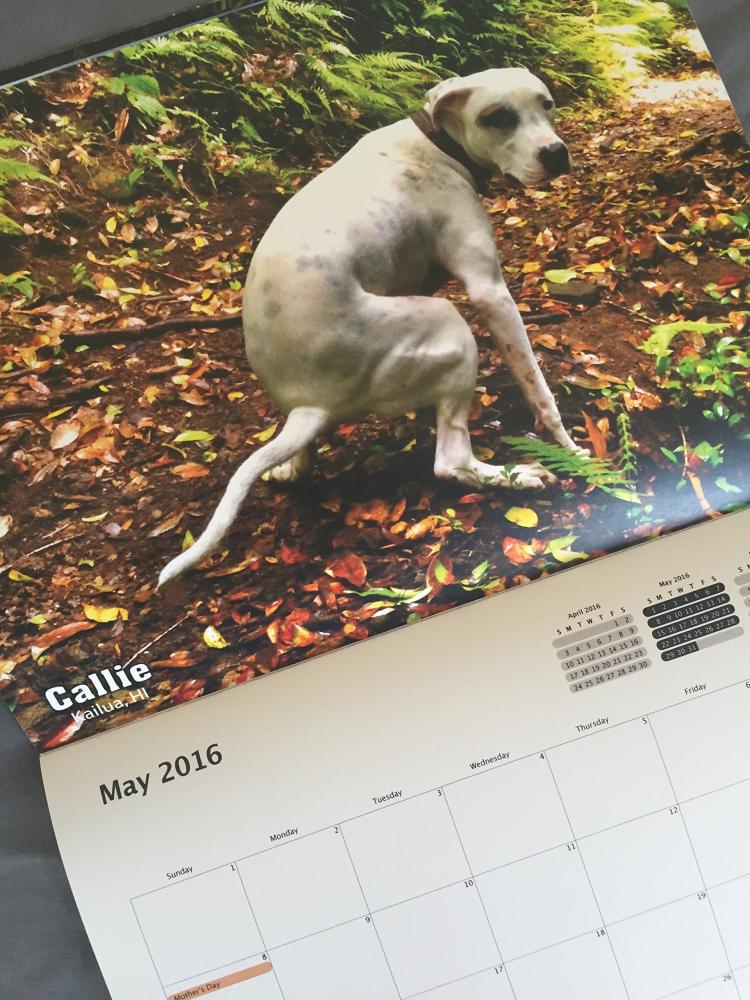All The Tips And Tricks About Dogs You Need

Were you searching for ideas concerning Pets?
Simple Tricks For Making Your Dog Happier And Healthier
There is not another pet in the world like a dog. A dog can give you the loyalty and friendship that you can't get with another animal. That's why they deserve special attention. Here are some suggestions to assist you in making sure your dog can live the good life.
Much like people in the United States, many dogs are overweight. Having a few extra pounds on their frame can lead to a number of health problems, like cancer or diabetes. Many owners simply overfeed their pets. Talk to your veterinarian about how many calories your dog needs each day so you can adjust their meals accordingly.
Refrain from making the training sessions with your dogs too long. Extended sessions can make a dog tire out and become bored easily when you are trying to teach them new things. Limit article to english shepherd vs australian shepherd to 20-30 minutes, as this will help to keep the full attention of your dog.
Having fresh and clean water available to your dog at all times is a must. Dogs become dangerously dehydrated in a matter of days, so its very important to always have water ready. Dogs will also appreciate water that is clean. If you find it necessary to drink filtered or bottled water because of the quality of water from your tap, then be sure to provide your dog with the same high quality water.

Brushing your dog's teeth is important, but it is not easy. If your dog is resisting, once a day simply lift their lips and use your finger to rub their teeth lightly. Do it quickly at first, and then begin to draw out the time you spend performing this action. This will help them get use to the process. After that, you can begin using an actual brush and toothpaste.
When choosing a dog for your home, don't forget to estimate the size it will be as a full grown adult. This is especially true if you have small children at home. Although a small puppy will be cute, it may grow into a large, one hundred pound dog. Do some research on the average adult size of the breeds you are considering.
When clipping a puppy's toenails, start slow. Introduce your little dog to them before you begin cutting. You may only be able to get a single nail done during a sitting. It could take some time for puppy to become comfortable with the idea of nail clipping, but soon, you will be able to get through it all at once.
If your vet gives you medication to take home and administer to your dog, be sure and ask for ideas on getting him to swallow it. Dogs differ in their tolerance of pills and badly-flavored liquids, so have a few tricks up your sleeve in case he resists. Getting a dog to take medicine is important, but often challenging.
If you are considering owning a dog, keep in mind the size of your home when selecting the breed. Large dogs do not mix well with small apartments unless you have the ability to walk them frequently. They need exercise and room to roam. In this situation, a smaller barred might be the better choice.
To protect your dog in the event he is lost or stolen, have a microchip surgically implanted by your vet. These handy chips store data that can be retrieved by a shelter or animal officer and used to contact you. They are painless to put in and offer peace of mind for the pet lover!
If you do not have any ear cleaner solution on hand, you can use a baby wipe instead. Simply wrap it around the tip of your finger and wipe the inside of the ear's surface. Only go as far as your finger can easily fit. Do not use Q-tips as they can injure the ear.
If you bathe your dog often, watch out for signs of painful earaches that can be problematic for canines. They can happen when too much water gets into the ears. Use cotton balls dabbed in baby oil while giving him a bath, and that should keep water from getting in, even if he splashes around.
Be prepared to have a lot of patience with your dog during potty-training. Much like children, dogs learn at different speeds and ages and your canine may be slow or stubborn. Have good resources at your fingertips to assist your efforts and remember not to get angry when your dog has "accidents" as that will only impede his progress.
If your dog makes messes in the house or chews when you are away, consider crate training. Crate training involves providing your pet with an appropriate sized crate to,stay in while you're out of the house. It can keep your pet and belongings safe. Just make sure to never leave him in the crate for a very lengthly period of time.
Never leave your dog home alone for more than a few hours each day. For example, if you are planning on being away from home for a few days, you should find a place to house them where they can get regular care. Dogs can become anxious when left alone for extended times, so consider their feelings and provide them with the care that they need.
You need to perform daily tick and flea inspections on your dog as spring and summer approaches. Utilize a flea comb in order to eliminate any fleas on your pet. You should invest in some quality products designed to kills fleas and ticks. Talk to a vet regarding these products or some other options.
Keep in mind that the pads on a dog's foot are very similar to the skin at the bottom of a human foot. This means that they have a hard time withstanding extreme heat and cold. If here’s a blog post on english shepherd vs australian shepherd have to take your dog out in extreme weather, make sure that you cover their paws, or you don't have them out for very long.
When crate training a dog, be sure to allow it to stop making noise (barking, whining, crying) for at least 30 seconds before opening the crate up. This is important because otherwise the dog will believe that as long as it keeps making noise, you will come and open the crate. It can be hard to do this, but is necessary. Of course, always be sure that the dog is safe and not making noise for some other reason.
Now that you have all of these tips and tricks in mind, you are ready to make your dog's life better. It is up to you to use each tip one by one, changing your dog's lifestyle bit by bit. The more you do for your dog, the more he'll love you in return.
Working Australian Shepherd vs Show – Which is a Better Choice?
As a newcomer to the Aussie scene, you are sure to be repeatedly confronted with the two terms “working Australian Shepherd” and “show Australian Shepherd”.
What is behind these terms and how do these dogs differ from each other?
Can a newbie train a working Australian Shepherd, or should a family choose a dog from a show line?
Show Australian Shepherd
These dogs are primarily bred for the purpose of achieving the highest possible rating at (beauty) shows. There are such exhibitions in many places and by many associations.
Puppies that do not reach the quality of a future show champion are often offered as easy-to-use family dogs.
At the exhibitions, the dogs are judged in rings, separated according to males and females and different age groups, solely with regard to their beauty and the correctness of their physique.
Character, motivation, performance, health, robustness, and sporting opportunities play a subordinate or no role in the assessment. It’s all about having the most beautiful dog possible in the ring.
Often the show judges prefer dogs with a lot of colors and distinctive markings, a very strong, heavy build, a lot of fur, and with large sizes within the standard.
Since these exhibitions often take place with many people and dogs in a confined space, there are often few opportunities to run around. The dogs often spend a long time in so-called exhibition cages at the exhibition until it is their turn. Dogs with a “chilled” mind is much easier, and it turns out that show line breeders usually breed a type that can be characterized as follows:
They are often more difficult to motivate and sensitive in warm temperatures due to the pronounced coat and strong undercoat. Sometimes they have to get a lot of grooming so that the undercoat does not become matted and starts to smell.
Character defects such as fearfulness, insecurity, or aggressiveness can easily be covered up by an experienced exhibitor. Therefore the championship does not guarantee a first-class character.
Working Australian Shepherd
The original Australian Shepherd was and is still a pure working dog who tirelessly helps the ranchers with their work.
He was selected to have a lot of interest in cattle, to be easily trainable, to have a high level of stimulus and drive control, and the desire to work with and please his humans.

This package creates the fascination of the dog. It seems as if he only has eyes for his owner, obeys the slightest word, can do the most incredible tricks, and is successful in every area of dog sport.
But for breeding, the following applies: “If you don’t use it, you lose it”.
This means that characteristics and physical traits that are not constantly requested and checked by the breed as part of a meaningful selection are lost or changed to a form that no longer corresponds to the original characteristics.
Working line dogs were selected solely on the basis of their work performance and robust health, which means that these dogs have comparatively few problems with diseases of the musculoskeletal system such as hip dysplasia, elbow dysplasia, and Osteochondritis dissecans. Epilepsy is also comparatively rare in working Australian Shepherds.
However, since they are not bred with a particular beauty standard in mind, they are often much lighter and smaller in size, have lighter, narrower heads and often significantly less and very easy-to-care-for fur, and are therefore often not as colorful and impressive as their colleagues from the show ring. Upright ears instead of the button ears desired for the show ring also appear from time to time.
https://petsroof.com/working-australian-shepherd-vs-show/
I'm just very focused on Pets and I am hoping you appreciated the post. Sharing is caring. Helping others is fun. Thanks so much for going through it.
